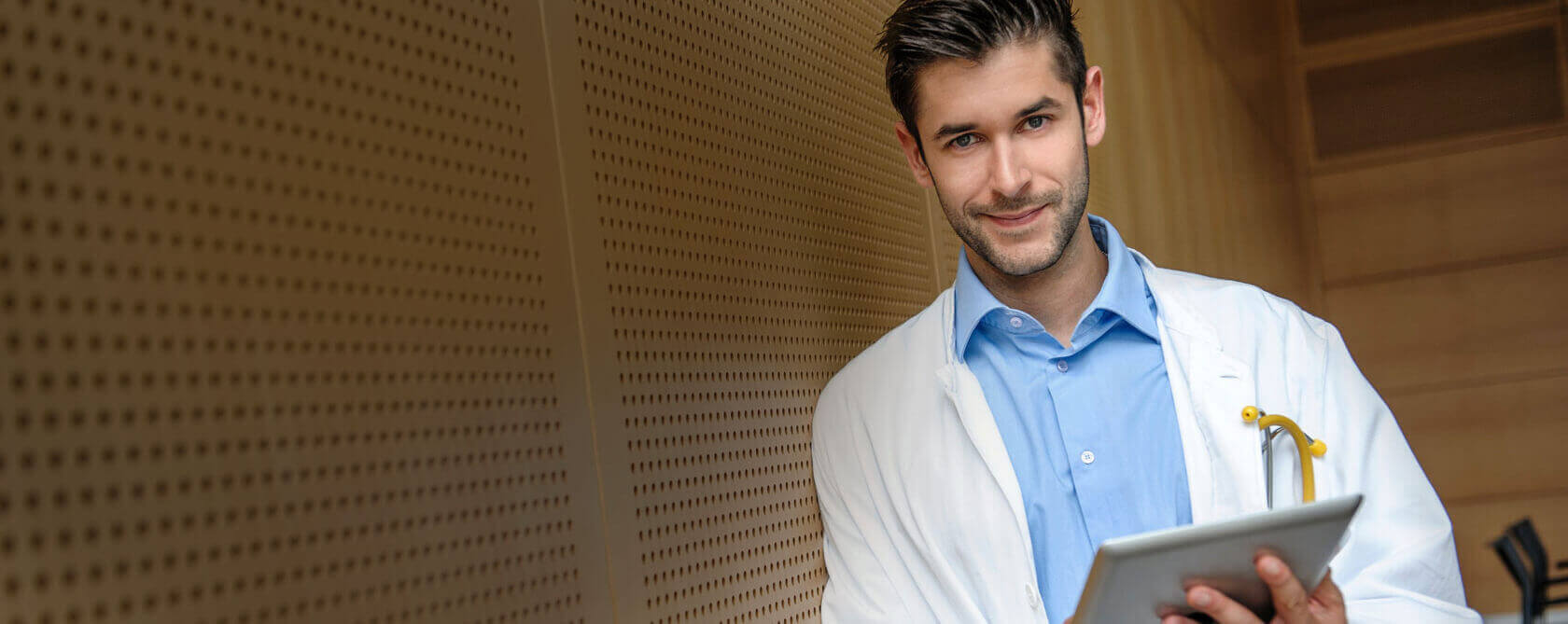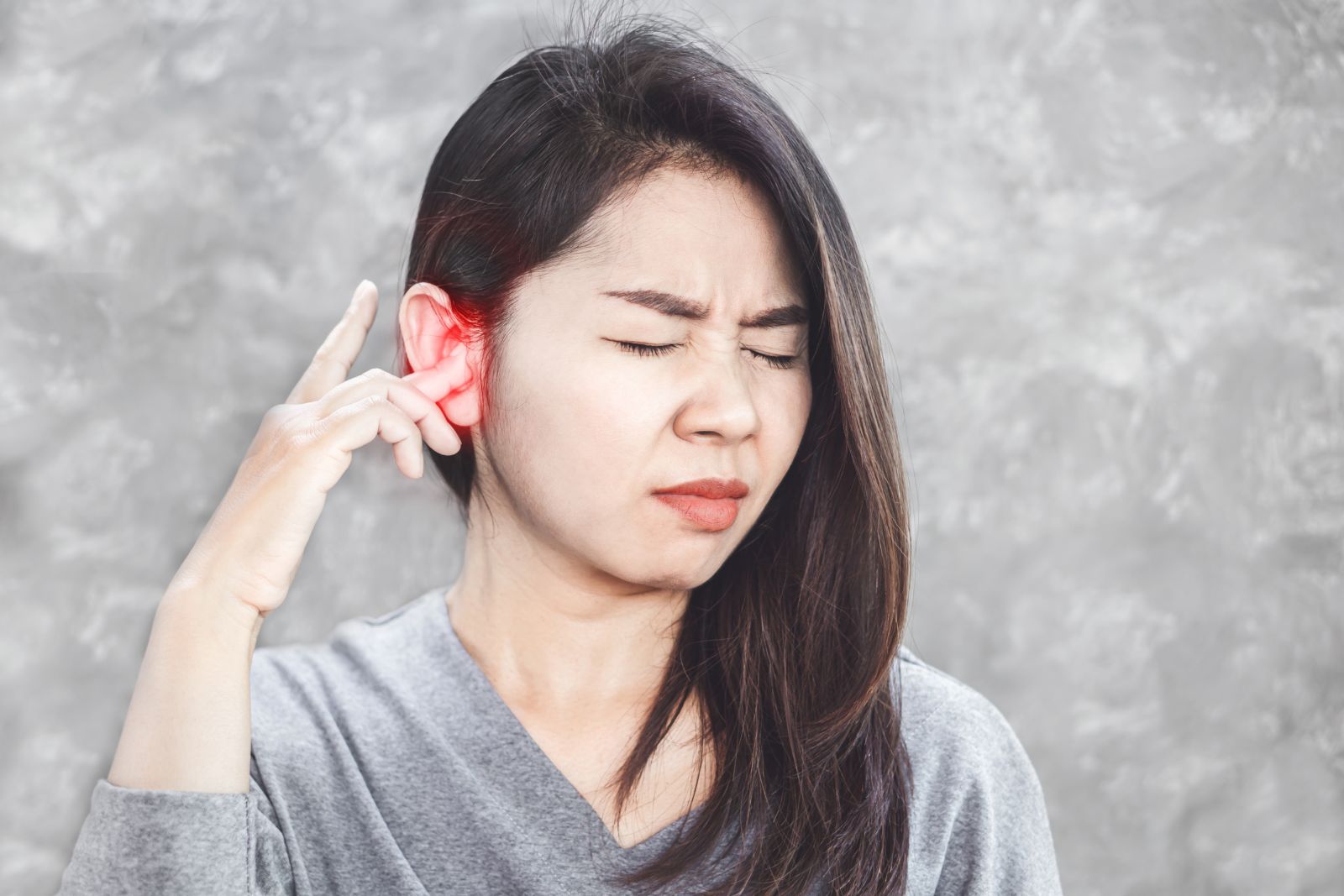Does hearing technology call for ongoing professional upkeep? Can I handle any needed maintenance at home? How can I tell whether my devices are damaged? Where can I take them for replacement or repair?
Much like today’s tablets and cell phones, hearing aids are powered by complex technology that may require professional attention in certain circumstances, but a little DIY maintenance can go a long way in keeping your devices in top shape.
Self-care of your hearing aids is an important part of keeping them performing their best, and periodic clean and checks with our caring professionals help identify and address any damage or other problems that might otherwise be harder to spot. Read on for six simple tips to maximize your tech’s longevity.
-
- Keep ‘Em Dry and Sanitized
Water is kryptonite to hearing aids, so remember to remove them before showering or swimming, and use a hearing aid dryer or dehumidifier not only to reduce moisture but to sanitize your technology at the same time.
- Keep ‘Em Dry and Sanitized
-
- Wipe Off the Wax
Earwax (also called “cerumen”) naturally accumulates in the ear and on your hearing aid, but gently wiping your devices each night with a soft, dry cloth and clearing any crevices with the provided brush will make quick work of the buildup.
- Wipe Off the Wax
-
- Avoid Extreme Temperatures
It’s no surprise that storing your devices in excess heat — leaving them in a hot car, for example — can cause damage, but did you know that cold and wind can be a problem, too? Protect your hearing aids from spring chills by wearing a hat, scarf, or earmuffs.
- Avoid Extreme Temperatures
-
- Check the Batteries
Batteries typically can last from a few days to a couple of weeks depending on the technology, usage, and other factors, but a constantly beeping hearing aid may mean the batteries need changing. Always keep spares on hand — or consider rechargeable hearing aids — and remember to remove and store batteries at room temperature apart from your devices when not wearing them.
- Check the Batteries
-
- Replace the Wax Guard
If your technology isn’t functioning properly even with fresh batteries, it may be time to change the wax guard — which helps protect against the damaging accumulation of wax, skin particles, and debris. Put your hearing aid’s wax guard on a monthly change schedule.
- Replace the Wax Guard
- Skip the Pockets
Pockets seem naturally convenient for carrying loose hearing aids and batteries while on the go, but not so fast! Keep your devices in their case to avoid losing or getting debris on them, and place batteries where they won’t come into contact with keys, coins, and other metals, which can cause battery discharge and other problems.
If you have questions about hearing aid maintenance, please let us know. And don’t forget to schedule your devices for a professional clean and check at least once every six months. We’re here to help!




